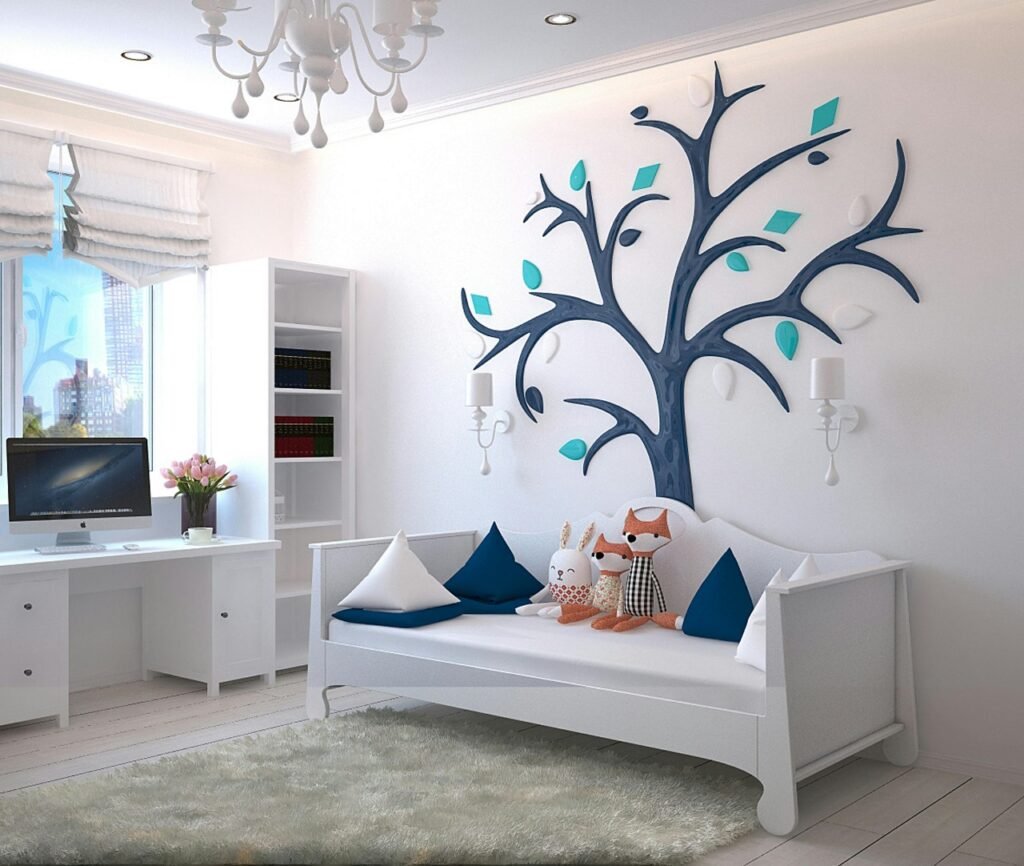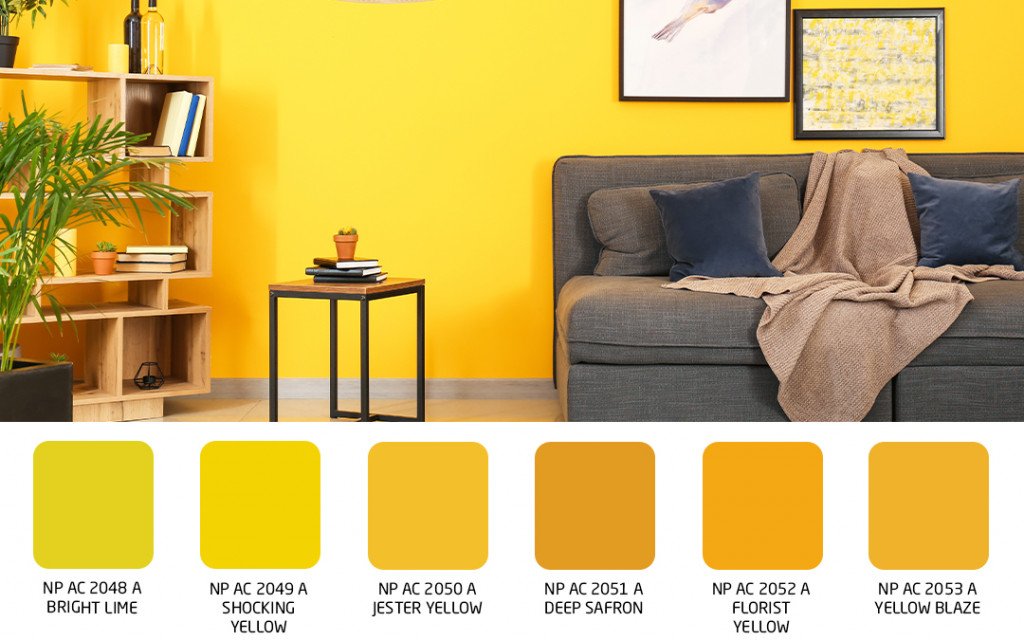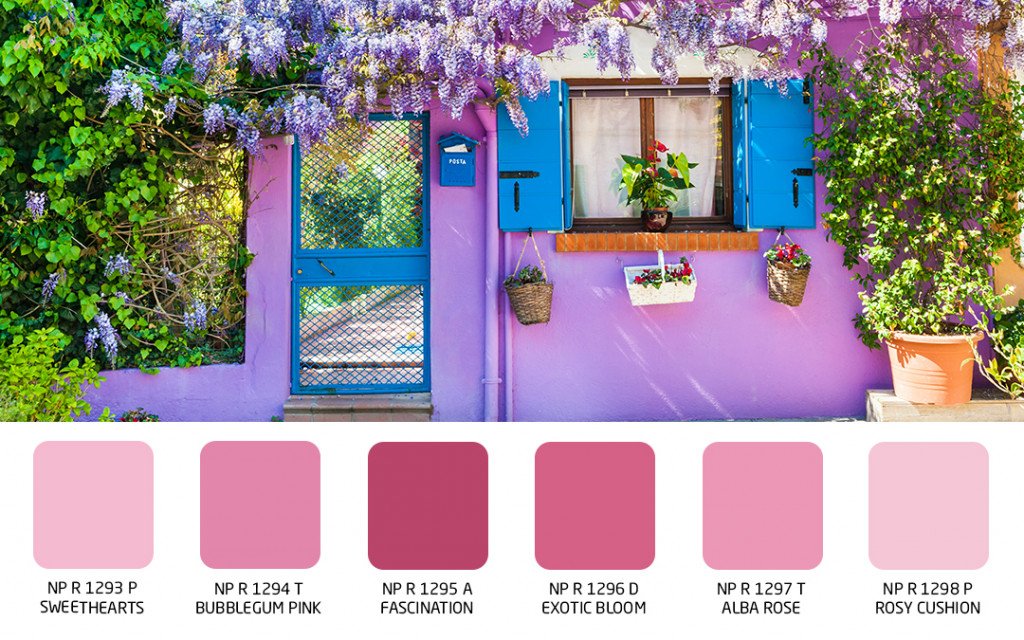
When selecting interior paints, there are several factors to consider, including type, finish, and color. Here’s a guide to help you choose the right interior paint for your needs:
Types of Interior Paint
Latex Paint:
Water-based: Easy to clean with soap and water.
Low odor: Less harsh smell compared to oil-based paints.
Durable: Resistant to fading and cracking.
Quick drying: Faster project completion.
Oil-Based Paint:
Durable: Excellent for high-traffic areas.
Smooth finish: Provides a smooth, glass-like surface.
Long drying time: Allows for better leveling.
Requires solvents: Needs mineral spirits or turpentine for cleaning.
Chalk Paint:
Matte finish: Gives a vintage, chalky appearance.
No prep required: Often no need for sanding or priming.
Versatile: Can be used on furniture and walls.
Paint Finishes
Flat/Matte:
Non-reflective: Conceals imperfections.
Best for: Ceilings and low-traffic areas.
Maintenance: More challenging to clean.
Eggshell:
Slight sheen: Subtle, soft glow.
Best for: Living rooms, dining rooms, and bedrooms.
Maintenance: Easier to clean than flat finishes.
Satin:
Velvety finish: Slightly more reflective than eggshell.
Best for: Kitchens, bathrooms, and high-traffic areas.
Maintenance: Easy to clean.
Semi-Gloss:
Shiny: Reflective and bright.
Best for: Trim, doors, and cabinetry.
Maintenance: Very easy to clean.
Gloss:
Highly reflective: Shiny, glass-like finish.
Best for: Areas that need frequent cleaning.
Maintenance: Easiest to clean, but shows imperfections.
Choosing the Right Color
Consider Lighting:
Natural light: Enhances true colors.
Artificial light: Can alter how colors appear.
Room Size:
Light colors: Make a room feel larger and more open.
Dark colors: Create a cozy, intimate atmosphere.
Mood and Function:
Warm colors: Stimulate and energize (reds, oranges, yellows).
Cool colors: Calm and relax (blues, greens, purples).
Neutral colors: Versatile and timeless (whites, grays, beiges).
Testing Colors:
Sample swatches: Apply small amounts on the wall to see how they look at different times of the day.
Virtual tools: Many paint brands offer online tools to visualize colors in your space.
Tips for Painting
Prep Work:
Clean the walls: Remove dirt and grease.
Repair surfaces: Fill holes and sand rough spots.
Tape edges: Protect trim and ceilings.
Priming:
Ensure adhesion: Use primer on new, unpainted, or patched surfaces.
Enhance color: Primer can help achieve true color, especially with vibrant or dark hues.
Application:
Tools: Use high-quality brushes and rollers.
Technique: Apply paint in a “W” pattern to avoid streaks and ensure even coverage.
Multiple coats: Two coats are usually necessary for a professional finish.
By considering these aspects, you can make an informed decision about the best interior paint for your project.


